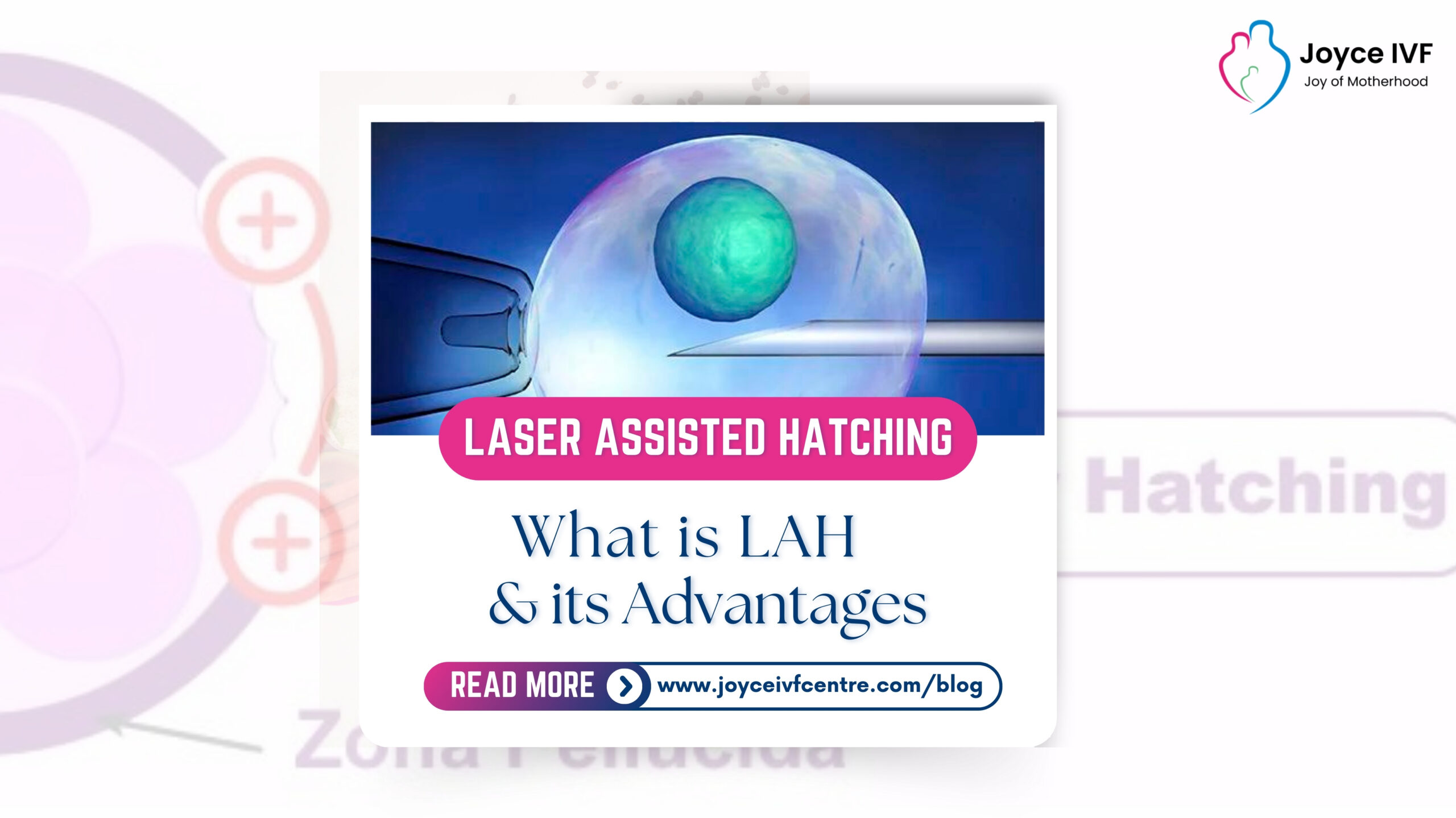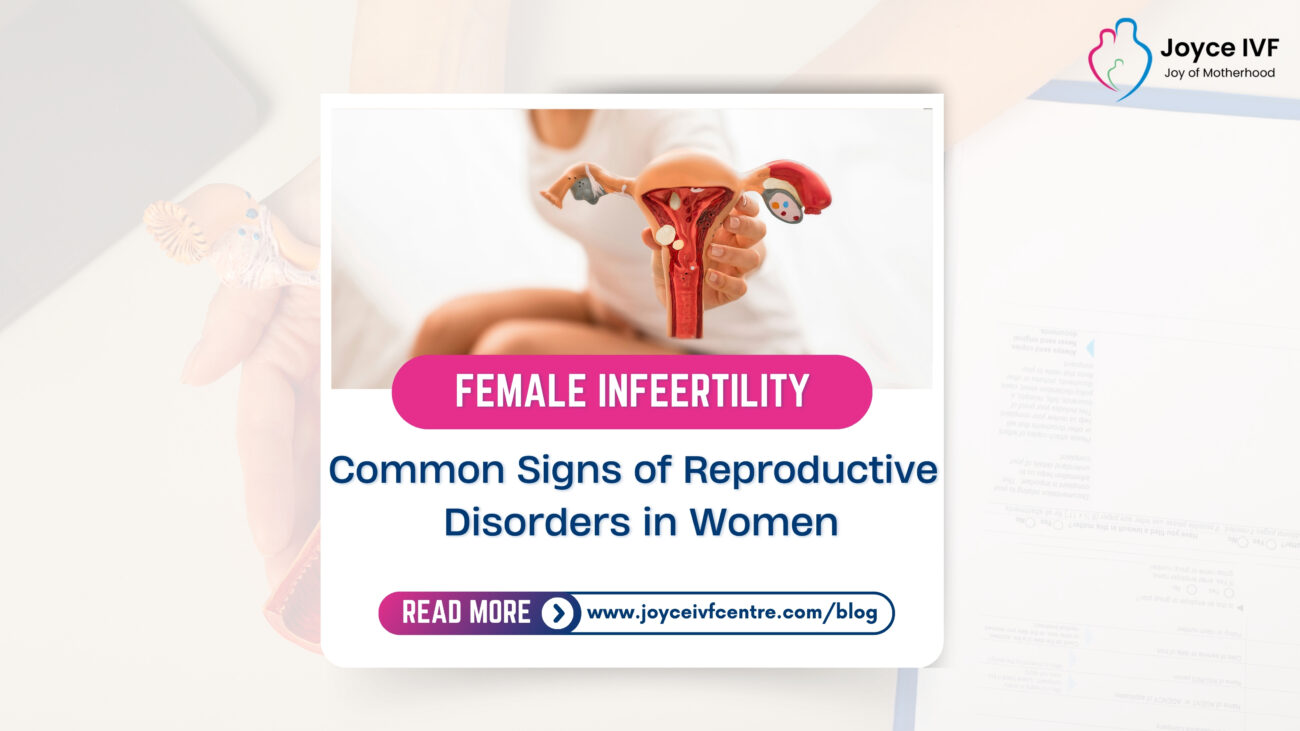Are you considering undergoing IVF treatment and have heard about laser-assisted hatching? This cutting-edge technique has been gaining popularity in the world of assisted reproduction. But what exactly is laser hatching in IVF, and what are its advantages? In this article, we will dive deep into this innovative procedure and explore how it can benefit individuals struggling with infertility.
Understanding Laser Assisted Hatching
Laser-assisted hatching is a specialized technique used during in vitro fertilization (IVF) procedures. It involves the precise application of a laser to create a small opening in the outer layer of the embryo, known as the zona pellucida. This opening allows the embryo to hatch, or break free, enabling it to implant successfully in the uterine wall.
How Does Laser Assisted Hatching Work?
During traditional IVF, the embryo must naturally break through the zona pellucida to implant itself in the uterus. However, in some cases, the zona pellucida may be abnormally thick or hardened, making it difficult for the embryo to hatch on its own. Laser-assisted hatching helps by creating a thin opening in the zona pellucida, facilitating the embryo’s release and increasing the chances of successful implantation.
Advantages of Laser Assisted Hatching
- Improved Implantation Rates: One of the primary benefits of laser-assisted hatching is that it can enhance the embryo’s ability to implant in the uterine wall. By creating a precise opening in the zona pellucida, this technique can significantly increase the chances of successful pregnancy.
- Higher Pregnancy Rates: Studies have shown that laser-assisted hatching can lead to higher pregnancy rates in individuals undergoing IVF treatment. By making it easier for the embryo to hatch and implant, this procedure can improve overall success rates.
- Reduced Risk of Multiple Pregnancies: Laser-assisted hatching can help reduce the risk of multiple pregnancies by allowing for the selection of a single, high-quality embryo for transfer. This not only increases the chances of a successful pregnancy but also minimizes the potential complications associated with multiple births.
- Suitable for Older Women: Women of advanced maternal age or those with a history of failed IVF cycles may benefit from laser-assisted hatching. This technique can help overcome age-related challenges and improve the likelihood of a successful pregnancy in older individuals.
In conclusion, laser-assisted hatching is a valuable tool in the field of assisted reproduction, offering a range of benefits for individuals undergoing IVF treatment. By enhancing the embryo’s or egg freezing ability to hatch and implant, this innovative technique can improve pregnancy rates and increase the chances of successful conception. If you are considering IVF treatment, be sure to discuss the option of laser-assisted hatching with your fertility specialist to determine if it is the right choice for you.
FAQ
What is Laser Hatching?
Laser hatching is a technique used during IVF treatment in Gurgaon to assist embryos in breaking out of their protective outer layer, known as the zona pellucida. By creating a small hole in this layer with a laser, the embryo is able to “hatch” and implant more successfully in the uterus.
How is Laser Hatching Performed?
During the laser hatching procedure, an embryologist uses a specialized laser to carefully remove a small piece of the zona pellucida. This precise and controlled technique ensures that the embryo remains unharmed while allowing it to break free from its shell.
Why is Laser Hatching Used?
Laser hatching is often used in cases where embryos have a particularly thick or hard zona pellucida, which can make it difficult for them to hatch on their own. By assisting the embryos in this process, laser hatching can increase the chances of successful implantation and pregnancy.
Is Laser Hatching Safe?
Yes, laser hatching is considered to be a safe and effective procedure when performed by experienced and skilled embryologists. The laser used is highly precise and minimizes the risk of damage to the embryo.
What are the Success Rates of Laser Hatching?
Studies have shown that laser hatching can improve the implantation and pregnancy rates in certain cases, particularly in women over the age of 35 or those with a history of multiple failed IVF cycles. However, success rates can vary depending on individual circumstances.
Are There any Risks or Side Effects Associated with Laser Hatching?
While laser hatching is generally safe, as with any medical procedure, there are some risks involved. These can include damage to the embryo, infection, or the potential for multiple pregnancies. It is important to discuss these risks with your healthcare provider before undergoing the procedure.













